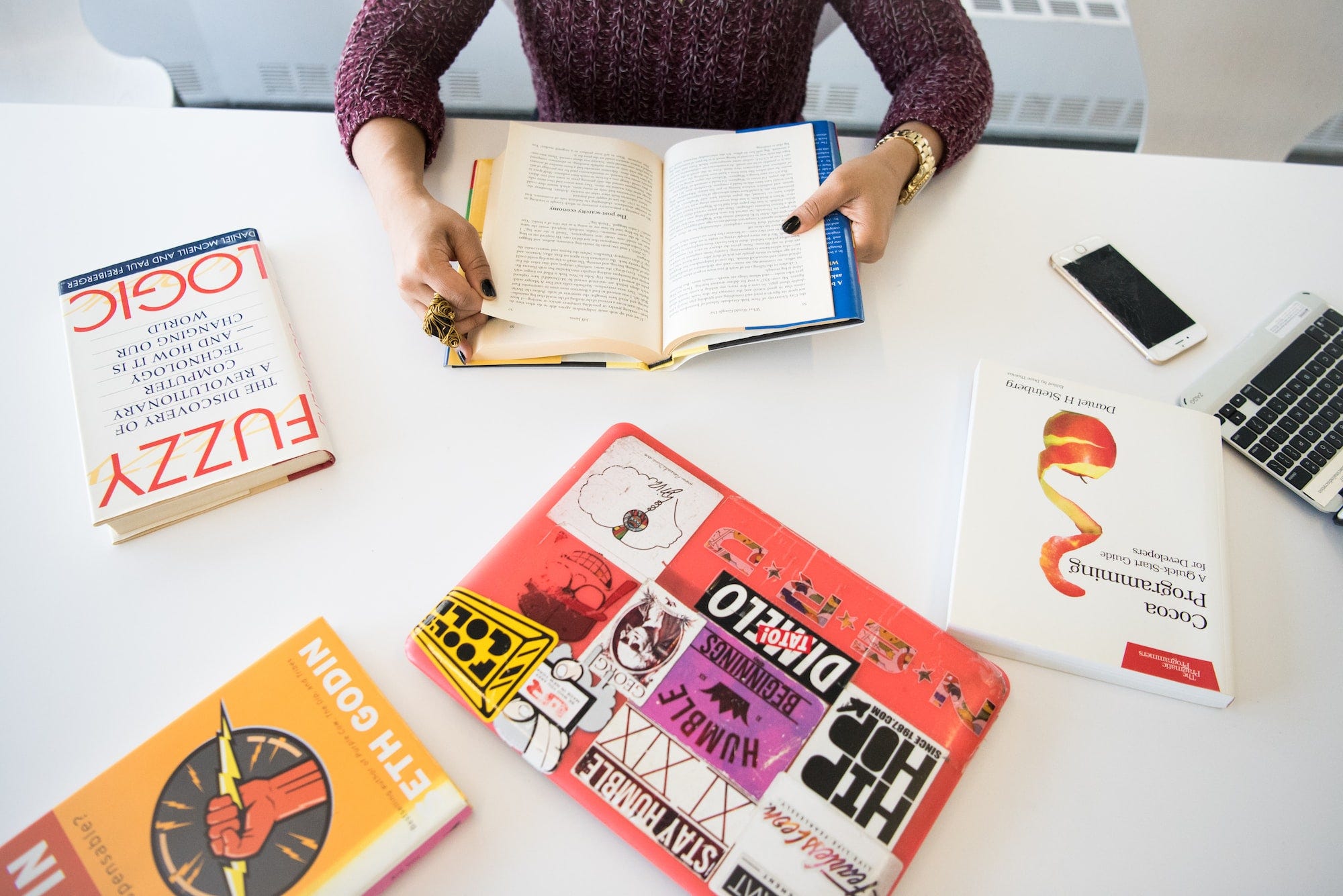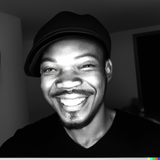8 design roles to consider in 2023

"Designer" is not a blanket term. There are several design roles that are either directly related to or support UX design.
Understanding the various designer roles and responsibilities can assist you in deciding what type of job you want to pursue. It also gives you a good idea of the types of designers with whom you might need to collaborate or hire for a project.
Common designer roles you may find include the following;
- UX Designer:
A user experience (UX) designer is essentially a user advocate. The primary responsibility of a UX designer is to foster a positive relationship between the user and the interface. In addition, a UX designer strives to create products that meet the needs of both users and the company for which they work. The specific responsibilities of a UX designer will vary depending on the company and project.
Common responsibilities include user research, information architecture, testing, data analysis, wireframing, prototyping, and project management. The size of the organization with which a UX designer works may also have an impact on the scope of their work. In larger companies, they may be assisted by researchers or visual designers. In smaller companies, they may be forced to act as generalists, catering to the needs of the users and the business. - UI designer:
UI designers create visually appealing user interfaces. They understand design concepts like composition, color theory, and typography.Form is important to UI designers, whereas function is important to UX designers. UX designers and other team members frequently collaborate with UI designers.
They may also collaborate with visual designers, who are in charge of the UI's aesthetics. Finally, they are in charge of carrying out the product's vision.The best UI designers are distinguished by their ability to empathize with their users. - Motion Designer:
Designing with animations or other moving visual elements is the responsibility of motion designers. When using animation tools to enhance a design, they use many of the same skills as visual designers.
They are capable of producing anything from full-screen animated splash pages to animated micro-interactions within a user interface. - Interaction Designer:
An interaction designer creates user interfaces that clearly explain how to use a product. Users can use this to complete tasks like shopping, subscribing, or creating an account.
Using data from user research, they create interaction designs that are tailored to the target audience. They consider viability, feasibility, and adherence to business goals when deciding on the best option.
A UX designer is distinct from an interaction designer in that the former is concerned with designing each interaction, whereas the latter is concerned with the big picture. - UX researcher:
In general, UX designers are expected to conduct their own user research. On larger projects, however, a separate UX researcher may be hired. As part of their job, they must communicate with clients, conduct user testing, moderate user interviews, and analyze user data. They work with the design and development teams, as well as the marketing teams, to prioritize the user experience.
In order to establish relationships with users and clients, UX researchers must have exceptional communication and interpersonal skills. To understand what they think and feel, they must also have high emotional intelligence and knowledge of user psychology. - Product designer:
Product designers are problem solvers who must use high-level design thinking to solve problems. Their work is mostly conceptual, but they are also involved in the visual aspects of the design process.
Product designers frequently serve as project managers on UX projects. As part of their role, they can make significant changes to a product to ensure a better user experience.
They, like UX designers, participate in all five stages of the design thinking process, from conception to implementation. They must also ensure that designs are delivered on time in accordance with the product roadmap. - Information Architect:
The way content is structured and arranged within a product or website is directed by information architects. They keep their users in mind at all times and strive to create an intuitive experience with logical information structure.
Their responsibilities include content organization and categorization, consistent navigation, user flow mapping, and labeling content groups. They create the content foundation or skeleton of a product before the actual design process begins by using various research methods such as card sorting. - Illustrator:
Illustrators, as the name suggests, create drawings. Throughout the day, they may work on anything from icons to infographics. They can also design graphics for empty states, onboarding screens, cover images, placeholders, banners, and other informative or aesthetically pleasing purposes.
Some illustrators specialize in a particular style of illustration. Others may be generalists capable of working on a variety of illustrations.In contrast, the best illustrators tell stories, capture user attention, elicit emotions, and foster engagement.
Conclusion
It is important to note that there are many more types of designers than those listed here. These are only the most common roles in today's businesses. Aside from business/marketing-related positions such as Product Designer, there are also Interior Designer and Industrial Designer positions. DesignOps Managers aid in the smooth operation of design teams. It all depends on the type of design you require and how narrowly you wish to focus your efforts.





